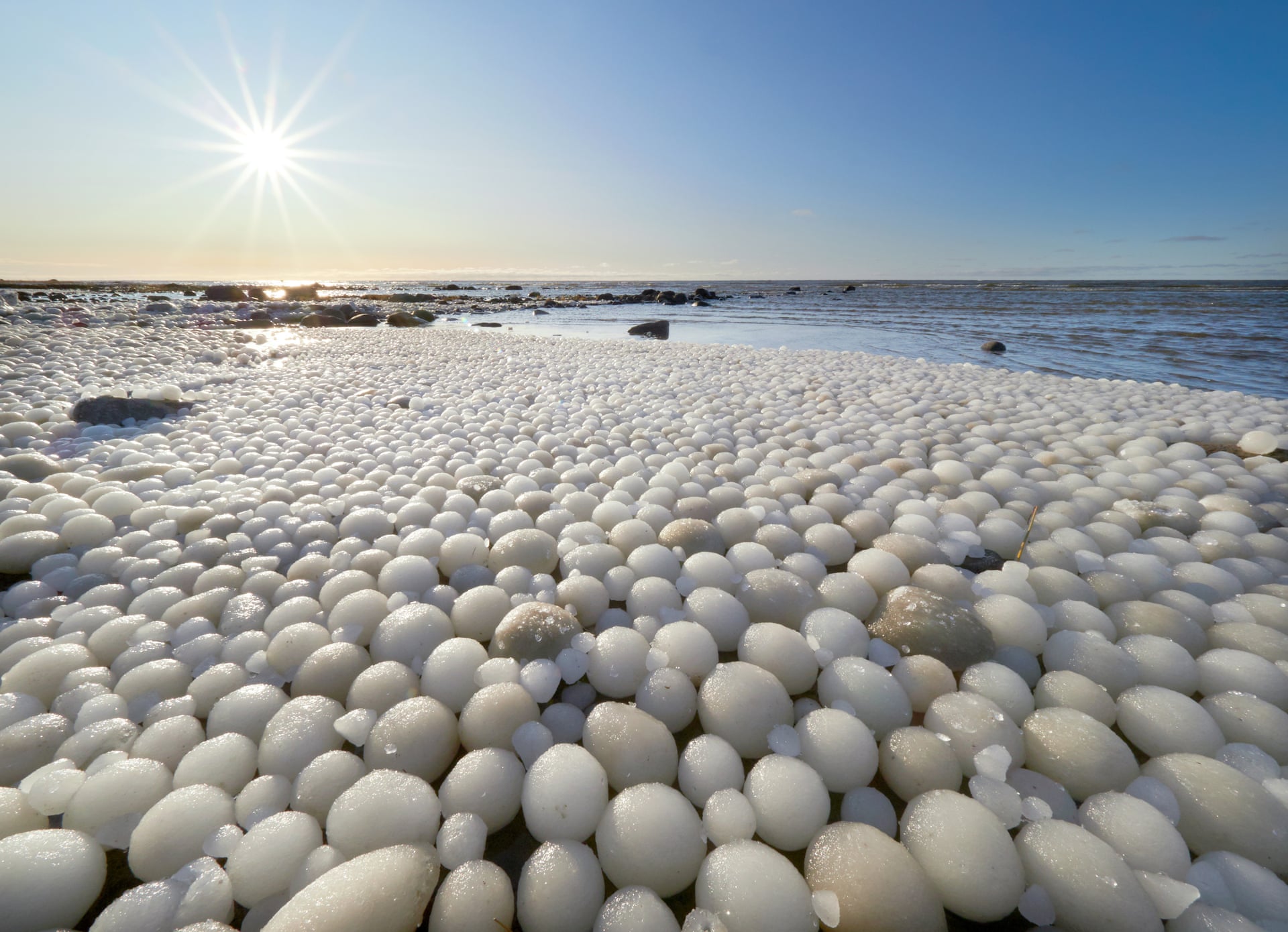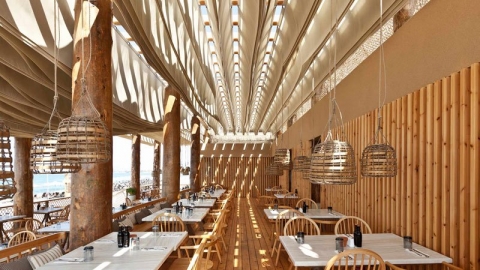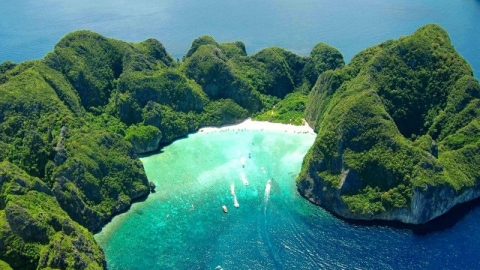Residents of Oulu and brave tourists braved the bitter cold to see with their own eyes thousands of round pearl-like “eggs” covering the beach on Hailuoto Island, northern Ostrobothnia, Finland.
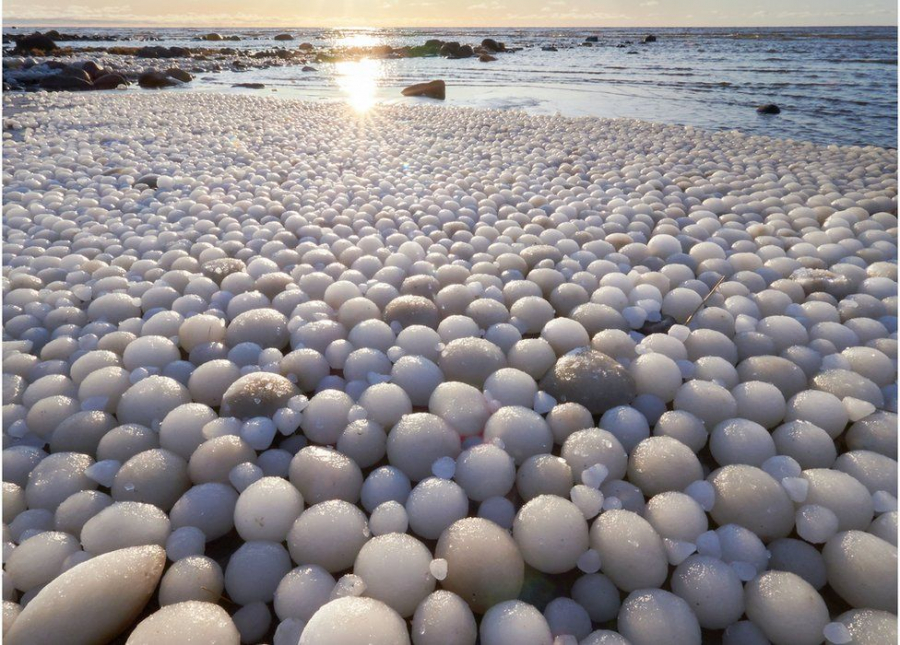
The egg-shaped ice formations that appear on beaches off the coast of Finland are formed when the seawater near the shore breaks up soft ice. Melted snow sticks together and condenses in the supercooled water, then waves cause the ice to spin around and form smooth balls. They pile up on Marijaneemi beach like a “collection” of egg-shaped ice balls.

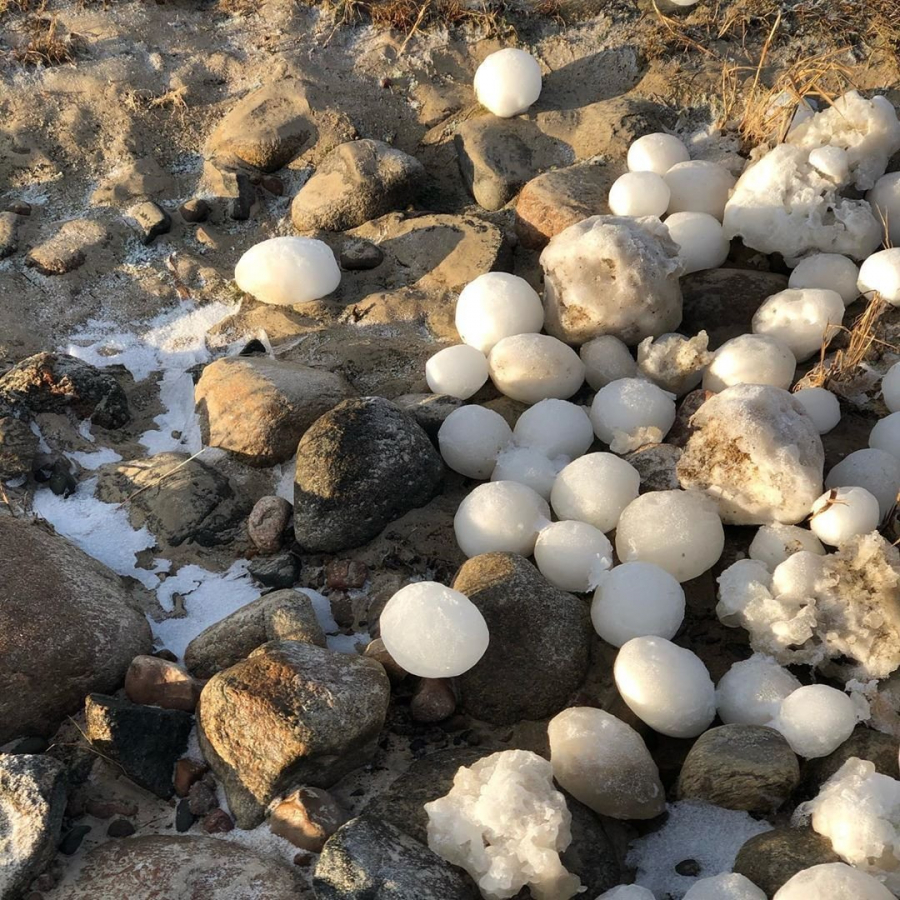
Ice expert Jouni Vainio of the Finnish Meteorological Institute said the phenomenon is not common, but can happen once a year under the right weather conditions. Specifically, it occurs when the air and water temperatures are near freezing on a sloping sandy beach and the waves are calm (or light). Snow crystals in the water move and clump together to form a soft, round ice core. The core then continues to move along the beach, freezing and growing larger.
According to Dr. James Carter, professor emeritus of geography and geology at Illinois State University (USA), this is the perfect time to admire this special phenomenon because at this time ice begins to form on the water surface, creating soft patches that move in the waves.

But the circular blocks stacked on the beach like a “collection” of egg-shaped ice balls
Photos of the egg-shaped ice balls posted on social media and in Finnish media immediately attracted attention. People were impressed and curious about how the ice eggs were formed.
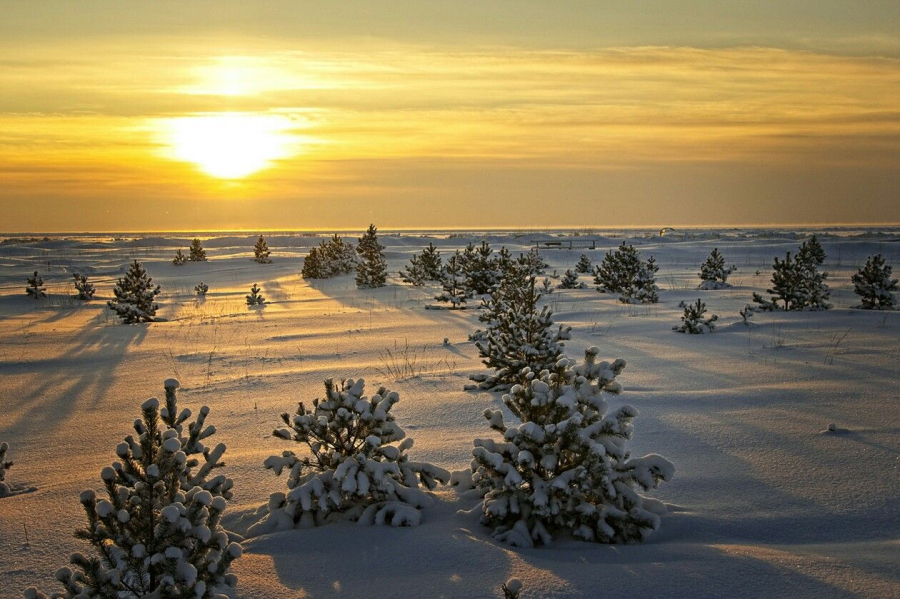
The beauty of Hailuoto Island in winter
Hailuoto Island is located off the coast of Oulu in the Gulf of Bothnia, which separates Finland and Denmark in the northernmost part of the Baltic Sea. Hailuoto is Finland's fourth largest city with an area of 200.53 km², and was formed about 2,000 years ago. The large island is famous for its traditional red farmhouses, wooden windmills, tall pine trees growing from the sandy soil, and beautiful beaches.





